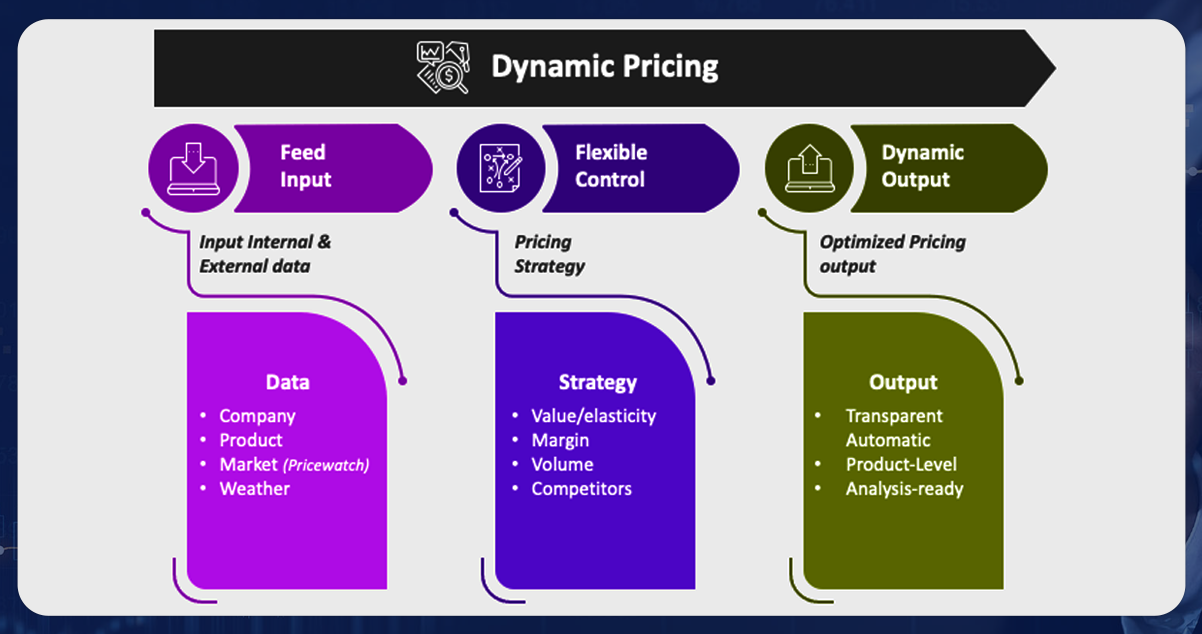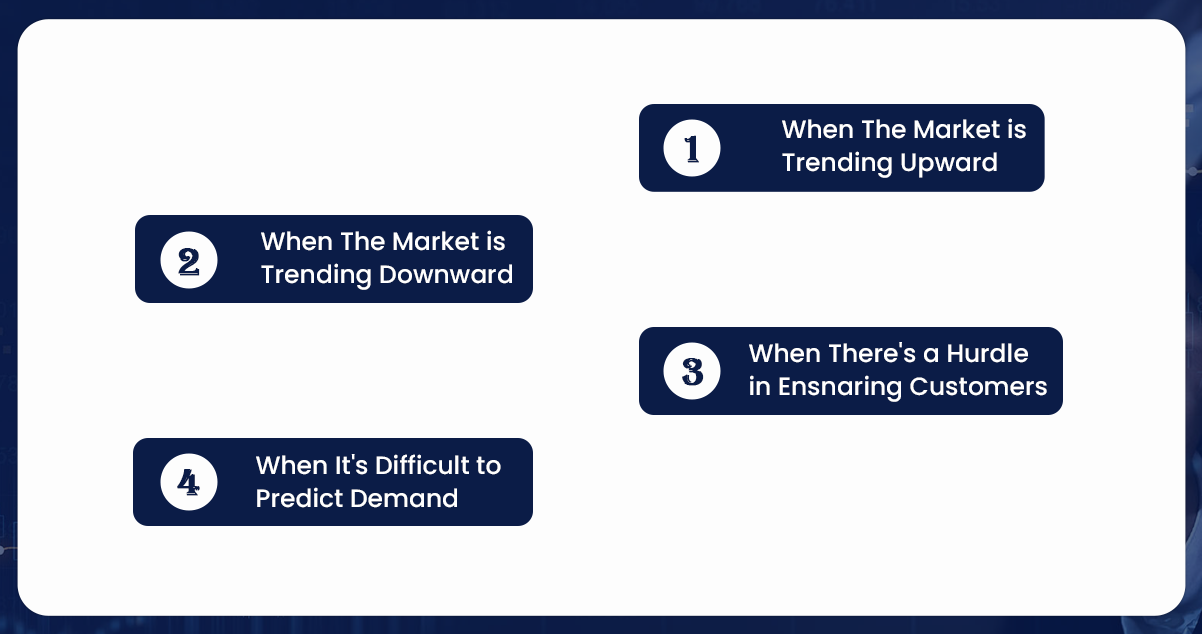
Applying dynamic pricing is a powerful tactic to maximize revenue generation. Using a variable pricing policy can ensure continuous growth in your retail business. It is challenging to change product prices because it may impact product performance and ultimately affect revenue. But, using correct promotional strategies and dynamic pricing together can help maximize profit margin and increase revenue.
Here, we will explore how dynamic pricing can help companies increase sales and skyrocket business growth.
What Is Dynamic Pricing Method?

Changing product prices frequently to generate more sales is a dynamic pricing strategy. You may think of keeping prices constant for specific products. However, it is only sometimes possible. Because keeping regular pricing may not help you generate more revenue, but if you consider changing product prices according to market demand, you can generate more revenue. You can choose a particular season, duration, or festival season to change prices and attract more customers.
The primary purpose of a dynamic pricing strategy is to liquidate unsold inventory from your product assortment. It is similar to handling supply and demand, which means you can set a higher price for a more demanding product with limited availability.
Big brands may have tried this before. You may purchase any product at a lower price, but after some days, the prices increase. It happens due to the increasing product demand in the market. Here, it is impractical for you to change product pricing, but you can use dynamic pricing to cope with the demand for longer.
What is the Difference Between Dynamic and Static Pricing?

Typically there are two types of product pricing. One is dynamic, and the other is static. Dynamic pricing permits you to reduce or increase the price of your product to handle market demand. If you have more stock for a specific product, you can sell it at a higher price, but in case of more demand, you can reduce its price.
The other type is static. You don't need to change product prices, irrespective of demand and stock availability.
What are the Conditions For Using Dynamic Pricing?
Dynamic pricing is dependent on demand and supply. Hence you don't need to think much about it.
In some cases, it may be true that you need to note a few points. Firstly, consider how many times you change the price of your product; you can opt to price each product depending on its market demand. It may lead to unpredictable sales. For instance, you can go for static pricing if there is a massive demand for a specific product during the new year season and no demand for the rest of the year.
Profit margin is Another major factor to consider while deciding dynamic pricing. Consider what will happen if there is a sudden drop in product demand after your price decision. To get an idea, you can try our competitor price monitoring services.
How to Maximize Revenue Using Dynamic Pricing?

It is a crucial pricing strategy to succeed in the growing and competitive E-commerce market. Along with the easy money-making, it also allows for an increase in revenue every year. The following conditions will help you to maximize business revenue.
When There is Low Product Demand
You can sell a few products quickly, but if there is a low demand for those products, you must apply dynamic pricing to increase sales and liquidate the unsold inventory, which you can track using assortment analytics tracking services.
Upward Trending Market
Since your products constantly change, you must be careful before executing the dynamic pricing method. It is one of the vital factors in the changing product price. If the niche market keeps trending upward like company stock, you should incorporate dynamic pricing instead of selling products at a fixed price. You can high-demand products at more prices using this method.
Downward Trending Market
It is excellent to use dynamic pricing to sell products during the download trend of the market. You can reduce prices when demand for a specific product decreases.
When It is Hard to Forecast the Demand
If you sell multiple product units, predicting product demand is challenging. For instance, to sell seasonal items, you can not price them depending on season changes due to uncertainty. But with dynamic pricing, you can price products constantly in other seasons, but if demand changes, you need to change the price. You can also experience flexibility in prices depending on holidays and peak seasons.
At What Frequency Should You Change the Prices of Your Products?
If you're using a dynamic pricing method for the first time, you must change product prices consistently to increase revenue. You need to ensure your customers can pay more for popular products. Otherwise, they will buy it from somebody else. Your customers will get the tiresome experience of you keeping constant prices for the short term.
The primary cause for customers to switch service providers or product sellers is that they forcefully change prices too often. For instance, several eCommerce stores were affected due to the sales event on Amazon Black Friday. Due to the competition in prices, Amazon had to reduce prices daily.
If you need help deciding to change prices frequently, there are two ways. The first one is to keep regular pricing and change it only if needed. Following this will perform satisfactorily, but there are many other ways to generate more revenue. Secondly, you must consider the choices and paying potential of your customers.
Knowing this will help you retain existing customers and onboard new ones long-term.
Conclusion
Reading this article, you got an idea of how to use dynamic pricing to increase revenue for your retail business. Learn how your competitors use various pricing strategies like dynamic pricing and price skimming.
We also offer e-commerce data scraping services and data analytics solutions for retail brands. Contact Product Data Scrape to learn more.












